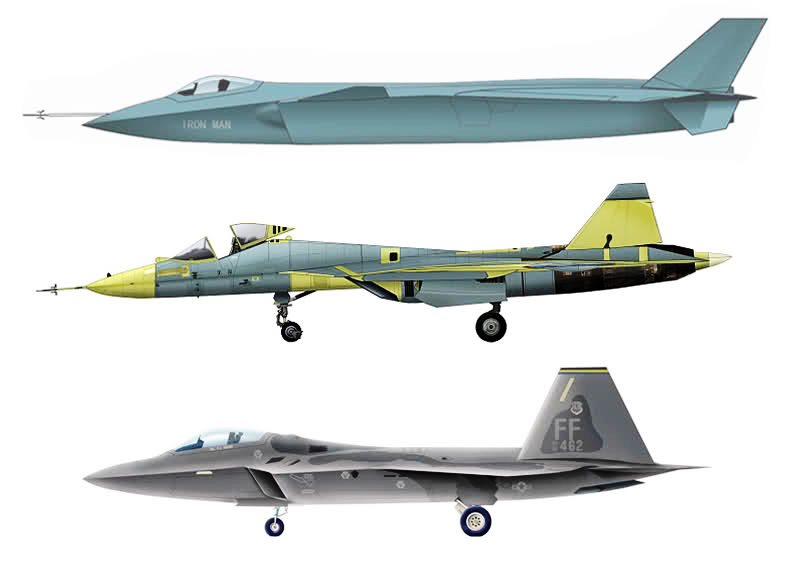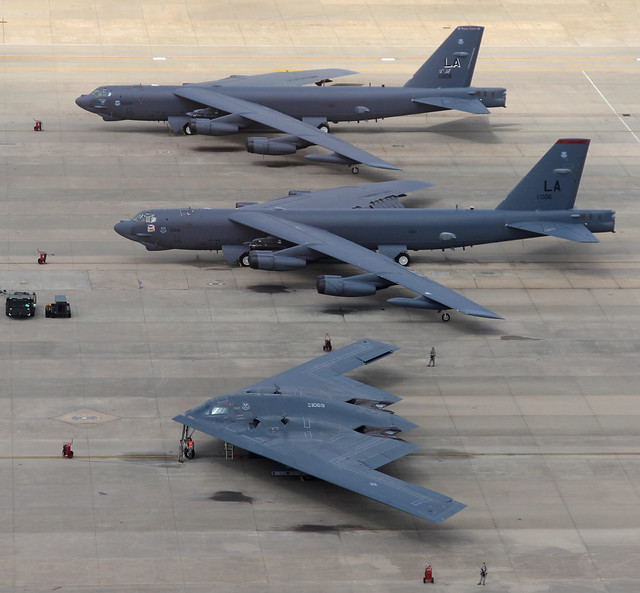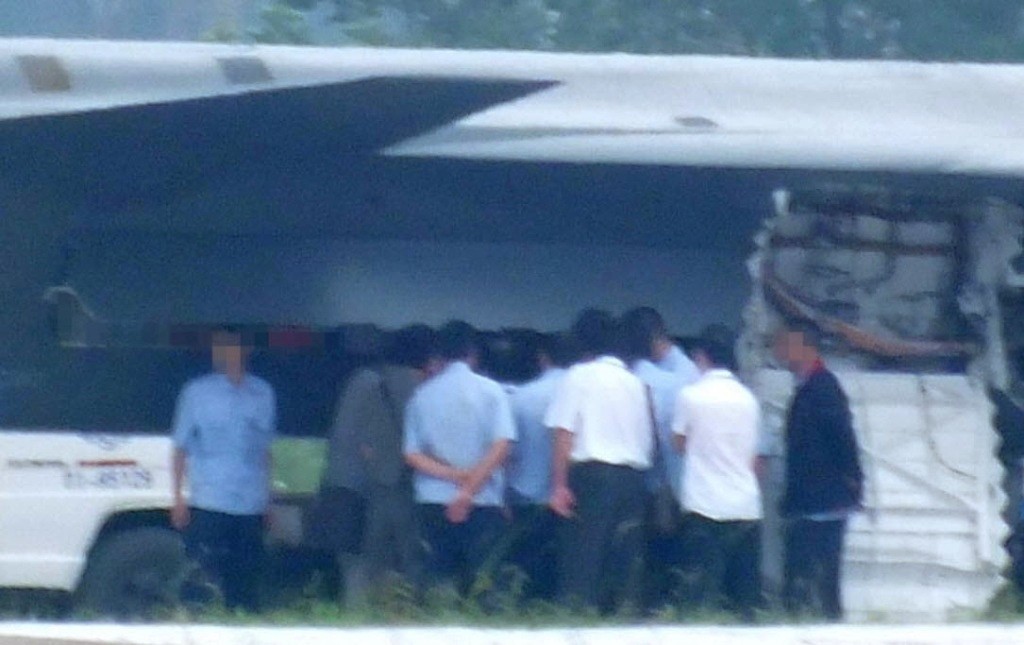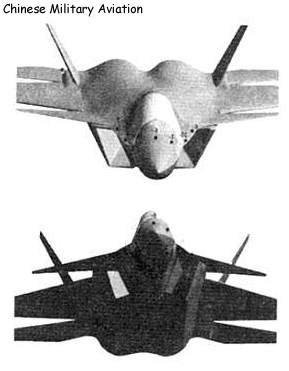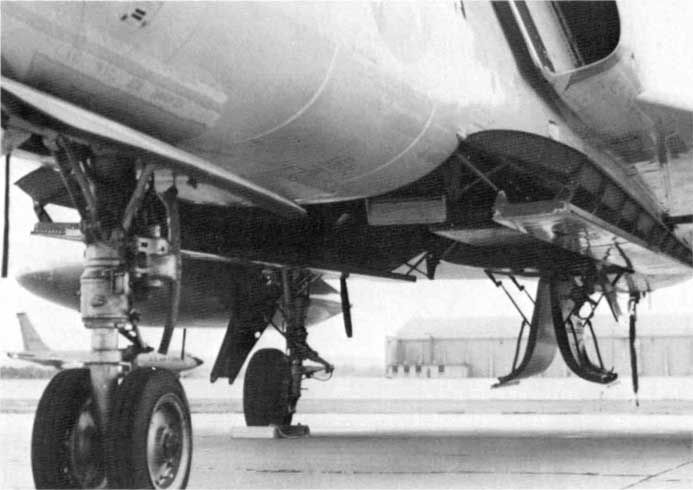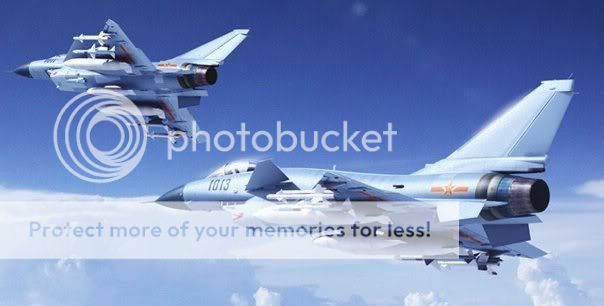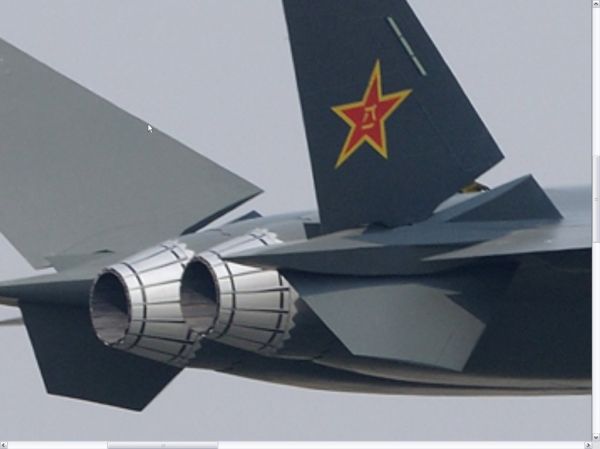Deino said:
Would You please do at first Your hopework instead of again posting BS based on model-images and assumptions which are simply wrong !
Still smarting over from the incident where I have shown you that you do not understand the politics and the organization of the PLA?
1. Can't say much on this but even a speed of M2 would bu sufficent ...
Against what, the PAK-FA? the F-22? the F-3?
it does not need to push that beyond M2.5 or anything more.
We are talking about the Mach 2 limit of DSI.
How often does a Raptor fly faster than that ???
When it needs to make the kill in BVR combat and escape, of course.
2. "Usually large size": Again do Your homework; a Flanker is larger than the J-20
Not really. A Flanker is 0.5 m longer than the J-20 because of its "tail", otherwise is less bulkier.
The J-20 is one bulky jet, comparable to F-111.
3. "poor weight to thrust ratio": that's surely a point with the current engines, but why - given its size and ost likely wieight-estimations similar to or even lover than a Flanker - would it be underpowered even with the 117S ???
1. Bigger and heavier than the F-22.
2. 117S doesn't make as much thrust as the F119.
3. The AL-41 is not for sale.
Simply accept as stated, the current engine si only an interim engine.
The current engine is AL-31 and the possible upgrade is 117S. Neither is good enough.
4. "J-20's large single-piece weapons bay doors": what a BS again ... to take a fan-boy's model as a basis for such an assumption !
Well, the side weapons bay door is single piece in spy shots, isn't it?
and I don't think it's relevant for the small side bays !
It is relevant because that determines the weapons release speed. The J-20 as it is currently designed cannot release weapons at a high Mach speed. What is designed to do is to release weapons at transonic or low supersonic speed, like the F-35.
PaulMM (Overscan) said:
So F-16 and Typhoon weren't designed primarily for A2A then?
The F-16 was initially designed to intercept Soviet bombers, while the F-15 battled Mig escorts. The F-16 needed a redesign to take on the Flanker itself, and it is the Agile Falcon.
As for the Typhoon, it was Europe's Agile Falcon which would battle transonic Flankers while the F-15 chased higher speed targets. Remember it was in the middle of Cold War during which the Typhoon was planned.
Its smaller overall than an Su-27. Su-27 was designed for AA.
And much slimmer too.
Given you don't know how much it weighs or the thrust of the engines, hard to say. Probably won't be worse than, say, an Su-27.
Worse because the J-20 is bulkier and heavier.
TaiidanTomcat said:
Wait a second, just last page we saying that its large size (still sticking to that?) gave room for more fuel which meant more range and now you are saying it has poor T/W ratio
T/W ratio has nothing to do with fuel capacity weight, but the engine thrust.
so how is that extra fuel being used to extend range? ???
Yes, because the J-20 is a long-range naval striker.

